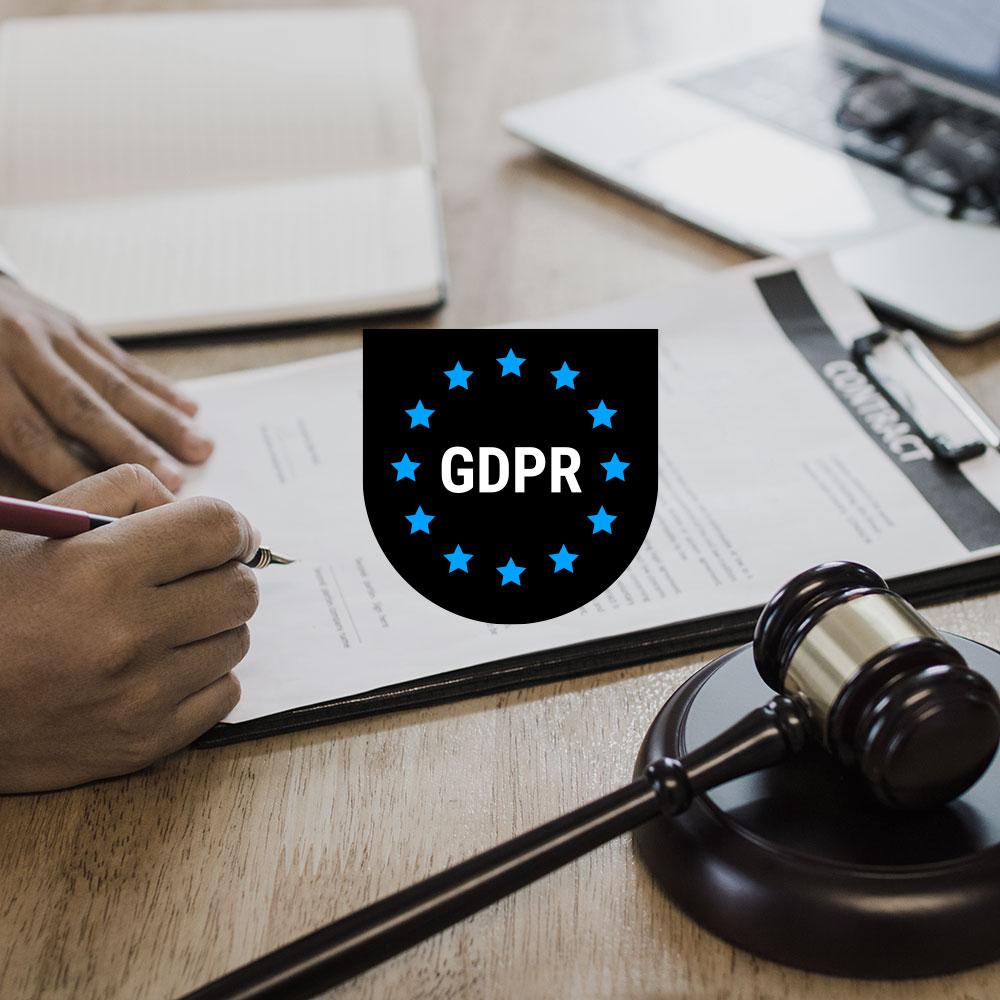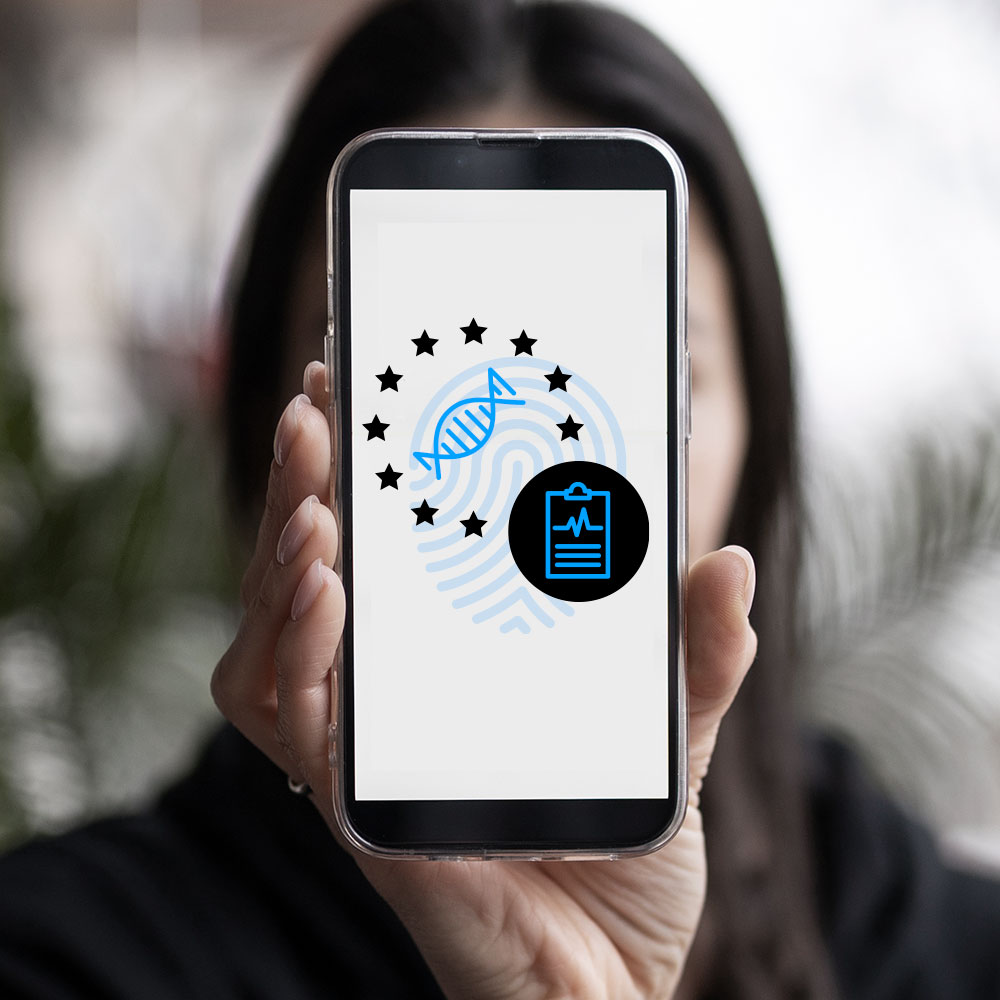End-user License Agreements (EULAs) are among the most frequently accepted yet least-read contracts in the digital world. These agreements play a crucial role in defining the terms and conditions under which users can access and use software. Yet, despite their importance, many users skim through them or accept them without a thorough understanding.
We demystify EULAs, explaining what they are, why they are essential, and how they can protect both software developers and users.
Understanding EULAs is essential for both consumers and software providers. For users, it’s about knowing their rights and obligations when using a piece of software. For developers, it’s about safeguarding their intellectual property and minimizing legal risks.
What is a EULA?
EULA stands for End-user License Agreement, and it’s a legally binding contract between a software provider and the end user that gives the individual or company the right to use a piece of software in a specific manner.
However, EULAs do not grant ownership rights to the software. The creator retains control and ownership rights, as the software is their intellectual property.
In the physical world, this type of license is akin to the use of a state or national park. These spaces are created and protected by governments. People pay a fee to use them for hiking or camping purposes and agree to abide by the rules. If people break those rules, they lose access to the park and may be fined for damages.
Is a EULA the same as “Terms of Use” or “Terms of Service” (ToS)?
A EULA is not the same as Terms of Use or Terms of Service (TOS), although both are legal agreements between providers and users.
EULAs specifically pertain to software usage, focusing on licensing terms, intellectual property rights, and usage restrictions. They typically apply to software that individuals or companies install or access on their devices.
In contrast, terms of use or terms of service are broader agreements covering a wide range of online services, including websites and platforms. ToS outline general rules for service usage, user behavior, privacy policies, and dispute resolution.
While EULAs are software-centric, ToS apply to various online interactions and services. Both documents serve important legal purposes but differ significantly in their scope, content, and application contexts.
What is the difference between a SLA and a EULA?
Although they might seem similar as they are both contracts related to software usage, EULAs and Software License Agreements (SLAs) serve different purposes and audiences.
EULAs are designed for individual users, focusing on software usage guidelines and protecting the vendor’s interests. They typically involve simple click-through acceptance, and the vendor retains full ownership.
SLAs typically cater to businesses, covering broader terms including deployment, maintenance, and support. They often involve negotiations, formal signatures, and may allow for more flexible ownership arrangements.
Ultimately, EULAs are generally simpler and standardized, while SLAs tend to be more detailed and customized, often including performance metrics and specific business terms.
Who needs a EULA?
A EULA is not necessary for all companies. Typically, the creator or licensor of a software product should implement a EULA if they want to:
- retain control over their technology
- be protected from possible misuse of the product
- make money from licensing the software
This could apply to either individual, though in many cases it’s a company looking to cover their legal bases.
A EULA can help protect the software creator on two fronts. Primarily in their agreement with the end user, but also in relationships with third parties, like app platforms, through which the software is accessed. It protects your ownership rights, licenses your software effectively, restricts undesirable use, limits your liability, and safeguards your intellectual property.
Evolution of EULAs
Previously, EULAs were “shrink-wrap” licenses, requiring consumers to purchase and open software packaging to access the EULA. This posed legal issues, as consumers couldn’t read the EULA before purchasing software.
Today, software is typically downloaded or used online, with consumers required to agree to the EULA before installation by clicking an “agree” button. Often, a link to the EULA is provided, and completing the transaction implies consent. In some cases, the user is required to scroll down to the bottom of the page before the “agree” button is enabled, slightly raising the odds that they read the contents of the agreement.
With software moving online, the EULA is now called a “click-wrap” license. If consumers do not agree, they cannot use the software or complete the purchase.
Is a EULA required by law?
A EULA is not legally required. No law mandates software developers or publishers to provide an End-user License Agreement.
However, while not legally mandatory, having a EULA is highly recommended because it protects the ownership rights of your software, provides legal protection, limits your liability, and helps prevent copyright infringement.
This is because a EULA is a legally enforceable contract between you and the end user and can protect your intellectual property and copyright. Once the user gives consent, it’s as if they are entering into a contract with a software vendor.
Advantages of using a EULA
EULAs are essential tools for software developers and publishers, offering a range of benefits that protect their interests while setting clear expectations for users. Some key advantages of using a EULA are:
- protects intellectual property rights by defining ownership and usage terms
- limits liability for the developer or publisher in case of software issues or damages
- clarifies the relationship between developer and user, outlining their rights and obligations
- enables developers to set usage restrictions and enforce licensing compliance
- provides legal clarity, reducing misunderstandings and disputes
- gives users a clear understanding of the software’s terms and conditions before use
- protects against unauthorized copying, modification, or distribution of the software
- enable developers to specify update and maintenance terms
When should you use a EULA?
To put it plainly, if your software is made available for public use, you should use a EULA to protect your company and define user responsibilities.
However, generally speaking, there are a few specific instances you should implement a EULA:
- To limit infringement: A EULA restricts users from replicating, reverse engineering, or distributing your software, thereby protecting your intellectual property.
- To limit liabilities: It limits your liability for any damages or issues arising from the use of your software, which is crucial for new products that may have
- undiscovered bugs.
- To provide control: A EULA enables you to set specific terms for software usage, such as personal or commercial use, and geographic restrictions. It also gives you the power to revoke the license if terms are violated.
- For legal protection: It establishes a legally binding contract that can be enforced in court, ensuring that users are aware of and agree to the terms before using the software.
- To manage user expectations: By including disclaimers and warranties, a EULA helps manage user expectations regarding software performance and limits your responsibility for any issues.
What components should be included in a EULA?
The main goals of EULAs are for the creator/licensor to retain full ownership of their product, and to prevent legal issues from arising. To make this a reality, a EULA must include certain core components, and then it can have additional elements depending on the software or product.
Core components of a EULA
Definitions: This section provides clear explanations of important terms used throughout the agreement to ensure both parties understand the terminology.
License grant: The license grant specifies the scope of the license, including whether it is personal, commercial, perpetual, or time-limited, and outlines the usage rights and restrictions for the end user.
- User obligations: User obligations outline acceptable use policies and prohibited activities, ensuring that the end user understands what is and isn’t allowed when using the software.
- Warranty and liability: The warranty and liability section includes limitations of liability, an “as is” clause, and a disclaimer of warranties, clarifying that the software is provided without guarantees and limiting the licensor’s responsibility for any issues.
- Termination clauses: Termination clauses specify the conditions under which the license can be terminated and the consequences of such termination, including the end-user’s obligations upon termination.
- Governing law: This identifies the laws of the jurisdiction that will govern the agreement, providing clarity on the legal framework applicable to the EULA.
Additional elements of a EULA
- Privacy policy: The privacy policy section details the data collection, usage, and storage practices, informing the end user about how their personal information will be handled.
- Updates and support: This outlines the policy on software updates and maintenance, including whether updates are mandatory and what support services are available to the end user.
- Site licenses: Site licenses enable users to purchase licenses for multiple installations, typically within a single organization, and specify the terms for such arrangements.
- Infringement acknowledgment: Address copyright infringement, stating that the end user acknowledges the licensor’s rights and agrees not to infringe upon them.
- Software information: This section provides detailed identification of the licensed software, including version numbers and any specific features or modules covered by the license.
- Start date: The start date specifies when the license becomes effective, ensuring both parties know the exact commencement of the agreement.
- Separation of components: Separation of components clauses address the use of individual software components, clarifying whether they can be used independently or only as part of the whole software package.
- Miscellaneous provisions: These include additional clauses such as severability and entire agreement statements.
By including these core components and relevant additional elements, a EULA can provide a comprehensive legal framework for software usage, protecting both the licensor’s and the licensee’s interests.
How to create a EULA?
Creating a EULA for your software or application can be approached in several ways. The easiest and fastest method is to use a EULA generator. These tools enable you to create a customized EULA by answering questions about your app and business and are often backed by legal teams to help ensure comprehensive coverage of necessary clauses.
Another option is to use a template as a starting point. This method can be suitable for simple apps that only require a basic EULA. However, be cautious to ensure that all necessary elements are included and that the language is appropriate for your particular software and jurisdiction.
For those with legal knowledge or who want full control over the content, writing your own EULA is an option. But this approach requires a thorough understanding of the essential components and legal implications of such agreements. And it’s crucial to include key sections, such as licensing and restrictions of use, termination clauses, limitation of liability, disclaimers of warranties, and copyright infringement policies.
Regardless of the method you choose, it’s important to ensure that your EULA is clear, concise, and easily understandable. Avoid using complex legal jargon and make sure it covers all necessary aspects of your software’s usage and licensing.
Where to display a EULA?
Users need to agree to a EULA before they purchase a software or app and begin using it. Therefore, there are two moments during which you can display a EULA:
- Before a person downloads or installs your software: This is the most common and recommended approach. You can display it on your product’s download page, in the app store listing before purchase or download, or during the installation process, before the software installation is completed.
- After downloading or installation: You can also display a EULA when the application first launches or within the application’s settings or “About” menu.
What happens if a EULA is violated?
If a user violates a EULA, this can lead to several serious consequences.
One of the most immediate repercussions is the termination of the software license, which means the software provider can revoke a license, cutting off access to the software and any associated services.
Legal action is another possibility. The provider can initiate legal proceedings against an individual, seeking damages or injunctions, which can result in hefty fines and legal costs.
Financial penalties are also a possibility, and individuals may be required to pay for any damages caused by the breach, including compensation for lost revenue.
In severe cases, especially those involving piracy or unauthorized distribution, a person can face criminal charges, potentially leading to imprisonment.
The EULA’s limited scope
It’s worth noting that EULAs aren’t all benefits and there can be downsides. EULAs are intended to establish users’ responsibilities, but they aren’t given choices. EULAs also lack contract specifics, like addressing identifiable buyers or specifying a time frame for purchase. They may also be contrary to federal or state laws.
For example, if a user copies and sells a company’s software, a common violation of EULA terms, the company can seek recourse. The license to use the software can be revoked. The user’s account could be locked down, preventing access. The company can also sue for damages.
However, even if the user’s license to use the software has been revoked, the user could retain access to certain assets that they created using the software, like images or video.
Can a EULA be bad for users?
Some terms of EULAs can be of concern regarding user privacy. Some software includes monitoring for Digital Rights Management (DRM) violations or requires the user to agree to automatic monitoring. Both of these require the software to access users’ systems and enable the software to connect with third-party networks, commonly without notifying the user. Typically, users don’t have a way of knowing how secure those third parties’ systems are, how much user data they can access, or what they might do with it.
In addition, some EULA agreements enable software from third parties to be downloaded onto users’ devices without requiring separate agreements or consent.
Lastly, certain EULA terms preclude users from publicly criticizing the product. This can mean that the user can’t complain publicly if the software doesn’t work or causes damage, thus skewing online reviews and misleading potential customers.
Understand EULAs to protect your software
EULAs are so common in our online work and life activities that we rarely think about them. But they have significant implications in people’s use of software, and can also be at odds with privacy rights and the law. Understanding how EULAs are constructed, and for whose benefit, can enable people to be more educated consumers.
EULAs are so common in our online work and life activities that we rarely think about them. But they have significant implications in people’s use of software, and can also be at odds with privacy rights and the law. Understand how EULAs are constructed, and for whose benefit, can enable people to be more educated consumers.




